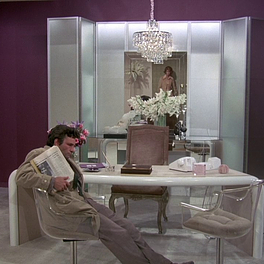
Cold War Correspondent
Design, culture and controversies from the middle decades of the 20th century.
By registering you agree to Substack's Terms of Service, our Privacy Policy, and our Information Collection Notice

Design, culture and controversies from the middle decades of the 20th century.